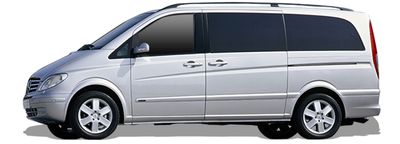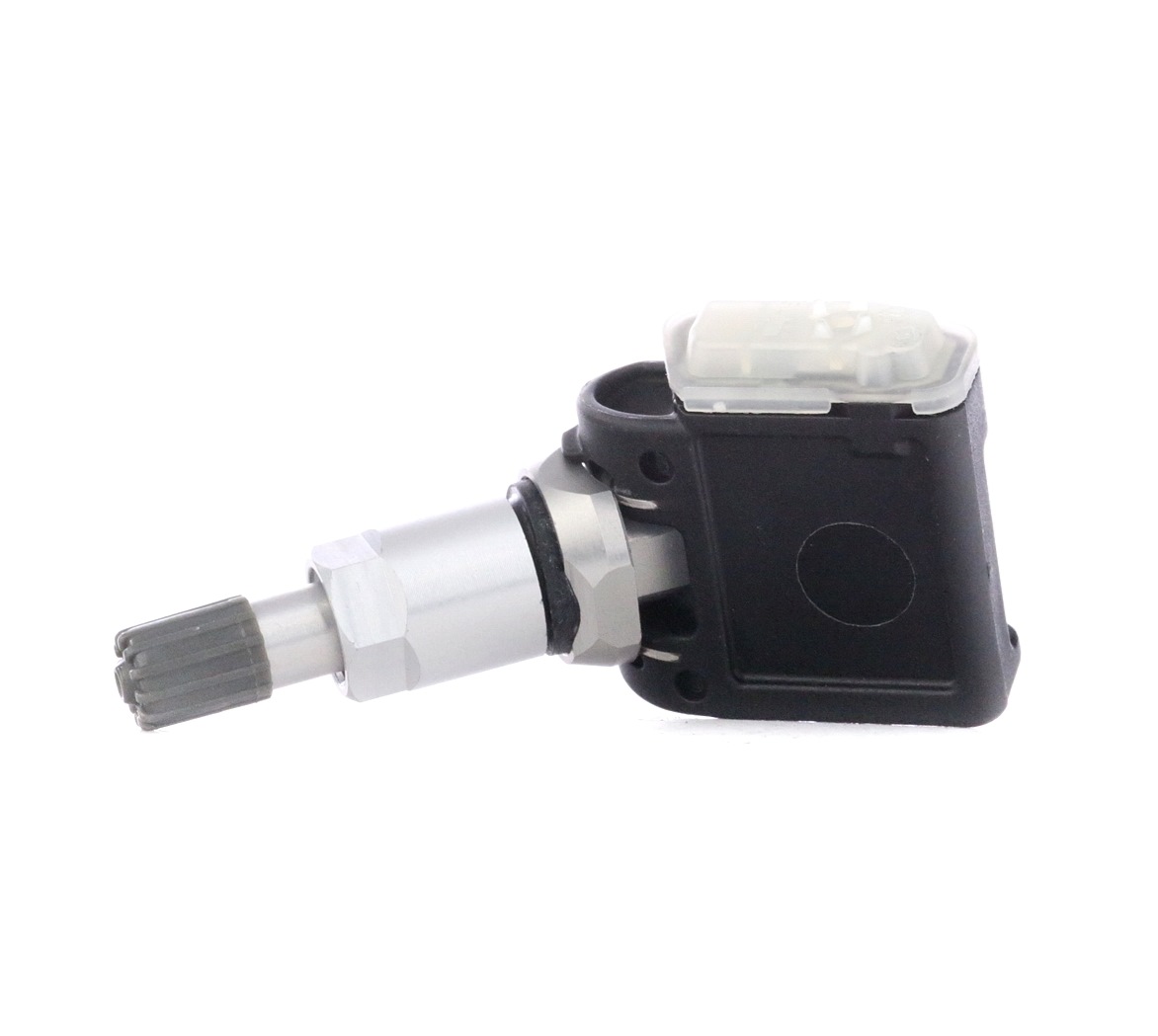Table of Contents
Mercedes Vito W639 engines
The Mercedes Vito W639 was introduced in 2003 as the second generation of the popular van and quickly established itself as a reliable partner in the commercial sector. Over its eleven-year production period until 2014, the W639 went through various engine phases with different petrol and diesel units. The technological development ranged from classic CDI diesel engines to modern BlueEFFICIENCY variants with improved environmental compatibility.

Mercedes Vito W639 engines - first generation CDI era (2003-2010)

The first phase of the Mercedes Vito W639 was characterized by proven CDI diesel engines and individual petrol variants. This generation typically achieved mileages of between 400,000 and 500,000 kilometers with proper maintenance. Major repairs usually only occurred after 300,000 kilometers, with injectors and turbochargers being the most common weak points. The 2.2 CDI with 150 hp was regarded as the absolute pinnacle of this generation and combined sufficient power with high reliability. Technically, the engines were based on tried-and-tested Mercedes units from the passenger car division, which ensured high quality standards. In a market comparison, the Vito W639 positioned itself as a premium alternative to the VW Crafter and Ford Transit.
Mercedes Vito W639 CDI diesel engines: first generation (2003-2010)
The CDI diesel range comprised three power levels with the proven 2.2-liter common rail engine. The entry-level 2.2 CDI engine with 95 hp (engine code OM646) proved to be economical and low-maintenance, but quickly reached its limits when fully loaded. The mid-range variant with 109 hp offered the best compromise between performance and consumption. The top-of-the-range 2.2 CDI engine with 150 hp (engine code OM646 DE22LA) delivered powerful performance thanks to intercooling and optimized injection. Typical weak points of all CDI engines were injector problems from 200,000 kilometers and turbocharger damage from 250,000 kilometers. The timing chain proved to be durable and rarely caused problems. The 150 hp engine in particular impressed with its pulling power and durability.
Mercedes Vito W639 petrol engines: first generation (2003-2010)
The only petrol engine available was the 3.2 V6 with 218 hp (engine code M112 E32). This engine from the E-Class offered impressive performance and a refined V6 sound. However, fuel consumption was significantly higher than the diesel variants at around 12-14 liters per 100 kilometers. Reliability problems occurred mainly with the ignition coil unit and the lambda sensors. After 150,000 kilometers, the valve stem seals tended to leak. However, the engine's smooth running and power delivery were exemplary. Due to the high operating costs, this engine remained a niche solution for special applications.
| Engine power | Power (hp) | Consumption (l/100km) | Typical weaknesses | Rating |
|---|---|---|---|---|
| 2.2 CDI 95 HP | 95 | 7,5 | Injectors from 200,000 km | Good |
| 2.2 CDI 109 HP | 109 | 7,8 | Injectors, turbocharger | Good |
| 2.2 CDI 150 HP | 150 | 8,2 | Turbocharger from 250,000 km | Very good |
| 3.2 V6 Petrol | 218 | 13,5 | Ignition coils, valve stem seals | Average |

Mercedes Vito W639 Engines - Facelift BlueEFFICIENCY (2010-2014)
With the 2010 facelift, Mercedes introduced BlueEFFICIENCY technology and fundamentally revised the engine range. Reliability remained at a high level with expected mileages of 350,000 to 450,000 kilometers. Repair intervals were shifted back due to improved materials and manufacturing tolerances. The 2.1 CDI with 136 hp established itself as the gold standard and combined economy with sufficient power. Technical innovations included optimized injection systems, improved exhaust gas aftertreatment and automatic start-stop on selected variants. Mercedes continued to score points over the competition with superior build quality and ride comfort.
Mercedes Vito W639 CDI diesel engines: BlueEFFICIENCY (2010-2014)
The revised CDI generation was based on the new 2.1-liter four-cylinder engine with significantly improved efficiency. Despite its smaller displacement, the entry-level 2.1 CDI engine with 95 hp offered similar performance to its predecessor. The 116 hp version replaced the previous 109 hp engine and delivered noticeably more torque in the lower rev range. The top-of-the-range 2.1 CDI engine with 136 hp (engine code OM651) impressed with its smooth running and economy, consuming just 6.8 liters of fuel. All BlueEFFICIENCY engines were given revised injectors with higher injection pressure and more precise metering. Typical problem areas were shifted to the AdBlue system and the diesel particulate filter. Engine durability increased significantly thanks to optimized materials and coatings.
| Engine | Power (PS) | Consumption (l/100km) | Typical weaknesses | Rating |
|---|---|---|---|---|
| 2.1 CDI 95 HP | 95 | 6,5 | DPF regeneration | Good |
| 2.1 CDI 116 HP | 116 | 6,7 | AdBlue system | Good |
| 2.1 CDI 136 HP | 136 | 6,8 | AdBlue pump from 180,000 km | Very good |

Conclusion: The best Mercedes Vito W639 engines of all generations
The engine development of the Mercedes Vito W639 shows a continuous improvement in efficiency and environmental compatibility over eleven years of production. While the early CDI engines impressed with their robustness, the BlueEFFICIENCY units brought significant fuel consumption advantages with consistently high reliability.
- Best Mercedes Vito W639 diesel engine:
The 2.1 CDI with 136 hp from the BlueEFFICIENCY generation combines optimum driving performance with low fuel consumption and high long-term reliability.
- Most reliable Mercedes Vito W639 engine:
The 2.2 CDI with 150 hp from the first generation is considered virtually indestructible and regularly achieves mileages in excess of the 400,000 kilometer mark.
- Most economical Mercedes Vito W639 engine:
At 6.5 liters, the 2.1 CDI with 95 hp BlueEFFICIENCY offers the best economy with acceptable driving performance.
For all Mercedes Vito W639 engines, you will find high-quality spare parts and wear components at AUTODOC at reasonable prices.















